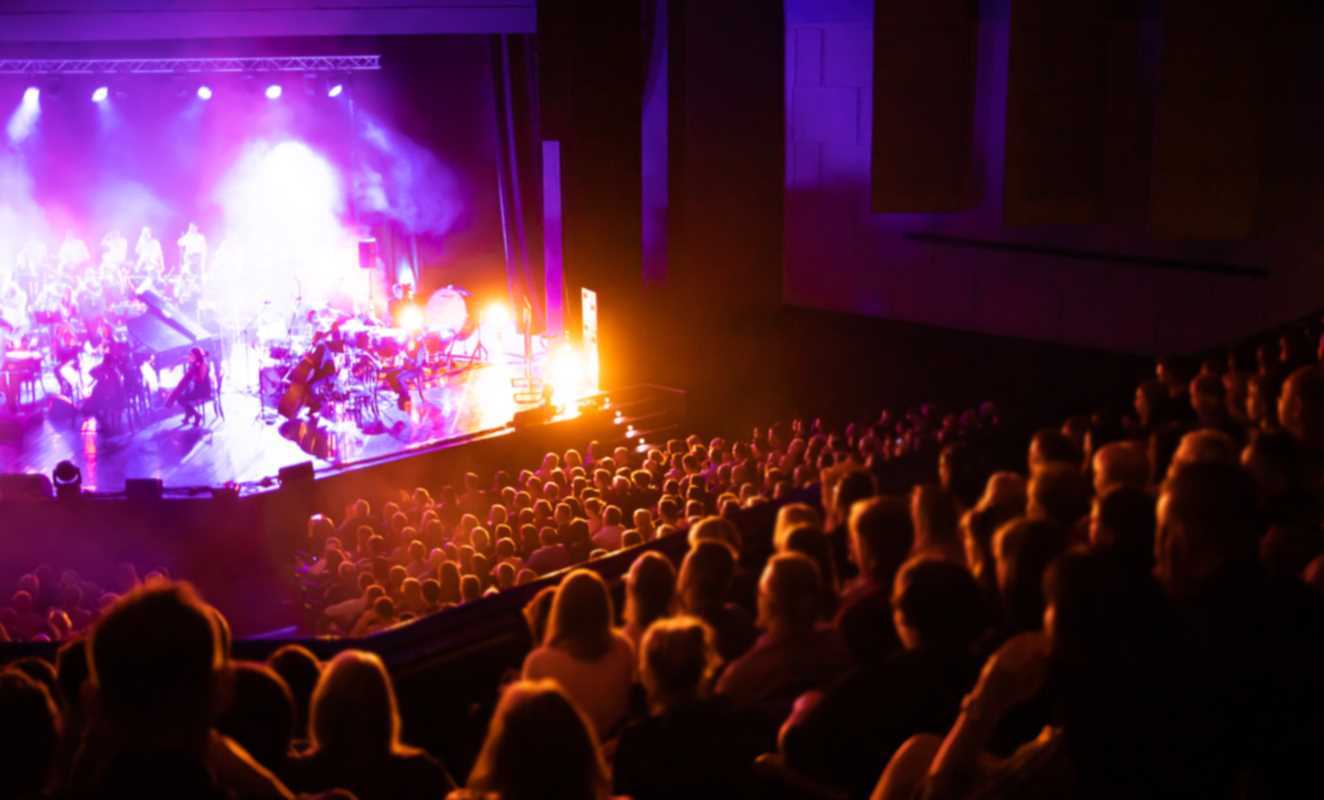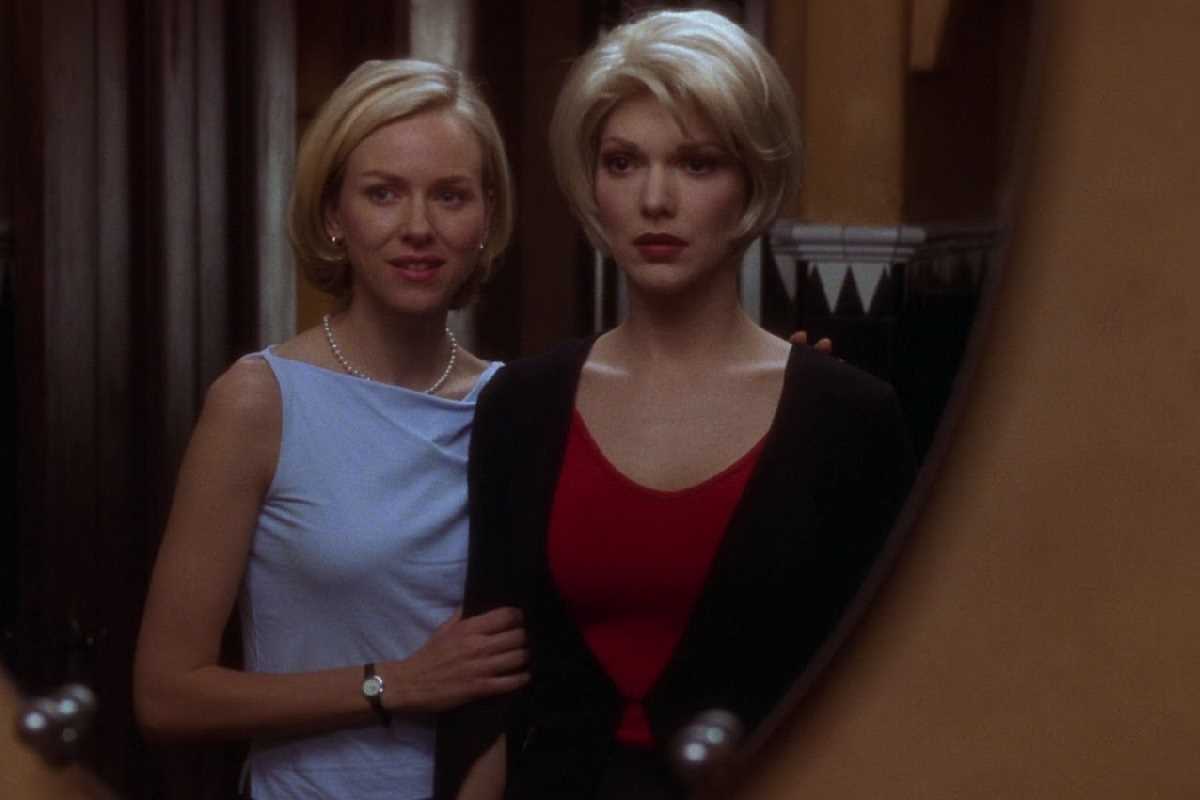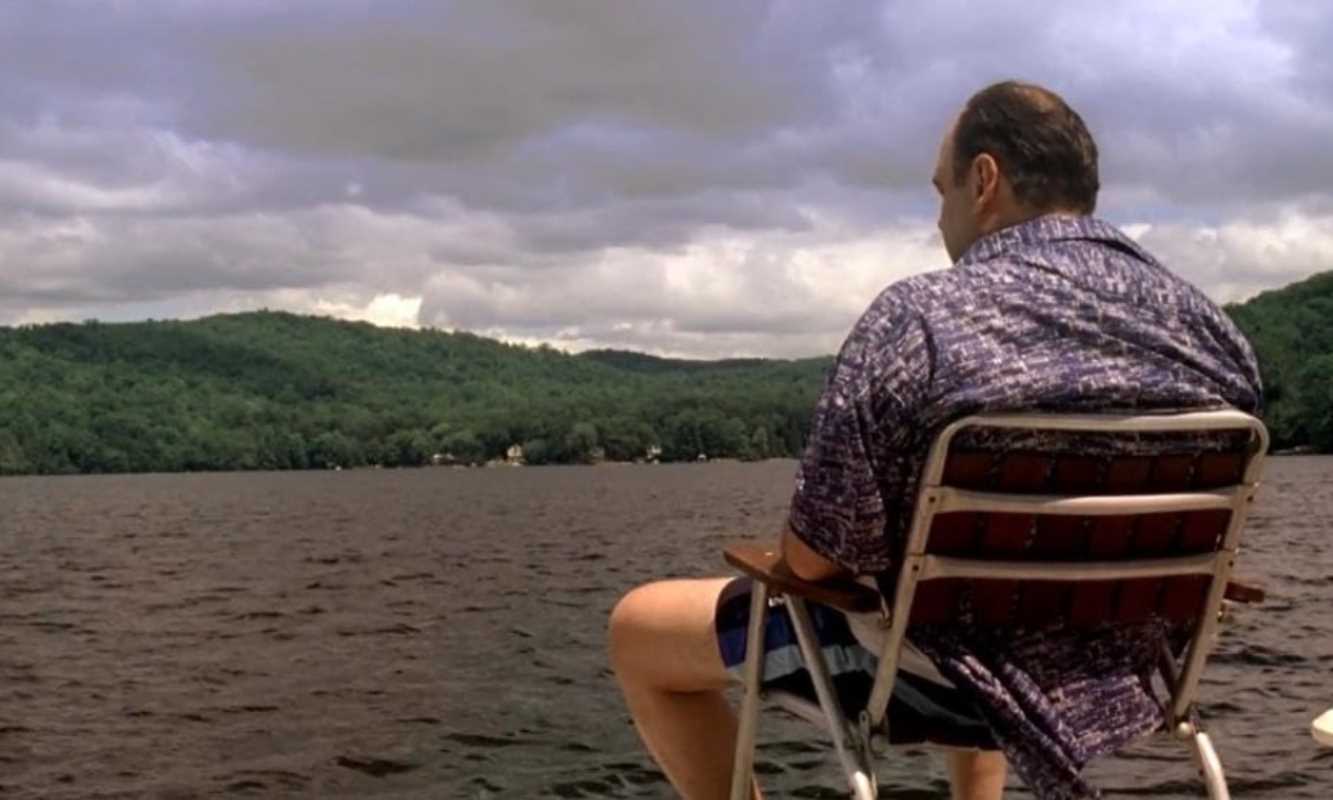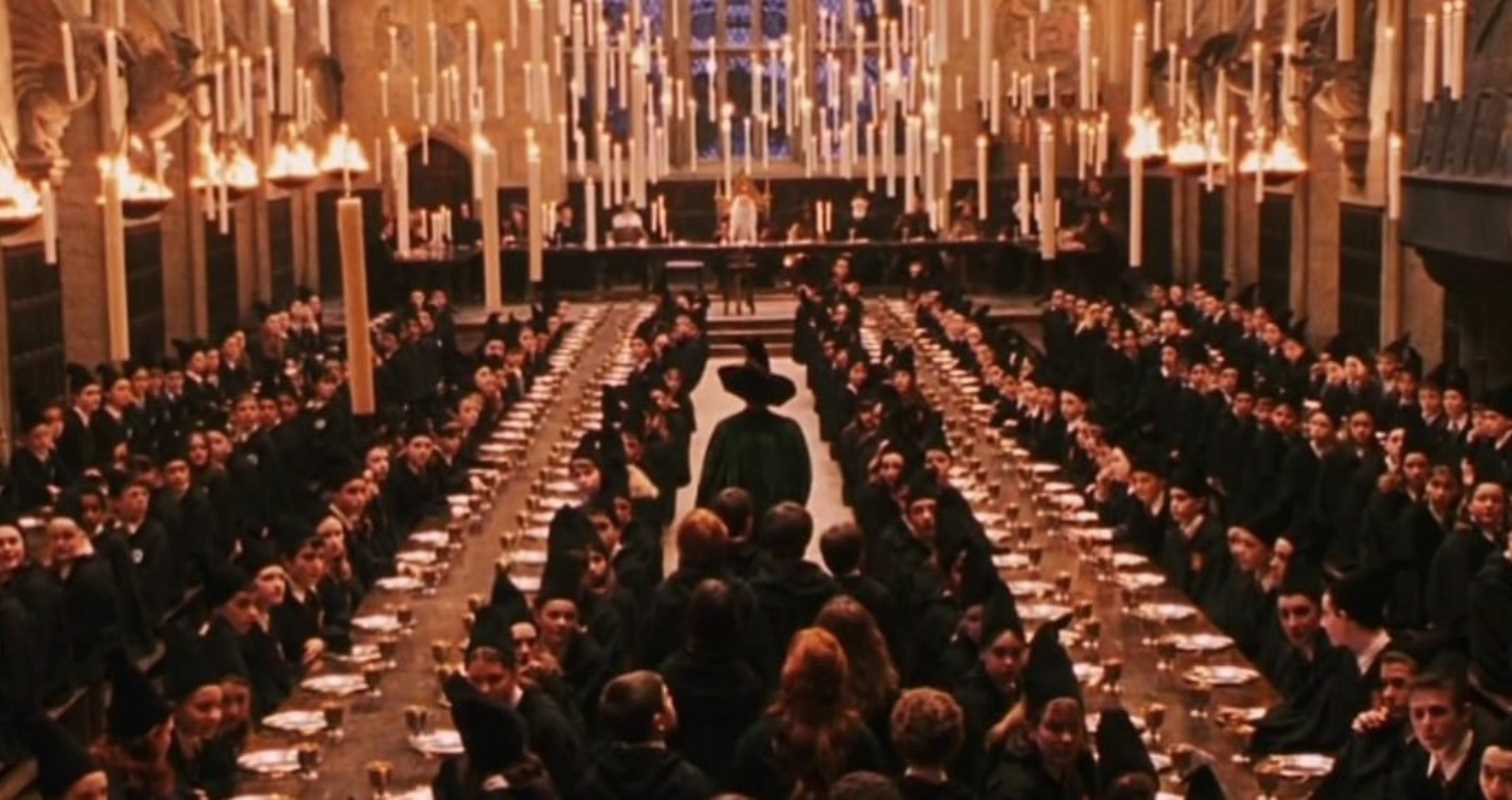Peter Jackson’s The Lord of the Rings trilogy stands as one of the most ambitious cinematic endeavors in history, not only for its sweeping narrative and groundbreaking visuals but also for its unparalleled approach to worldbuilding. Adapting J.R.R. Tolkien’s meticulously detailed Middle-earth was no small feat. Jackson and his team succeeded in bringing this world to life with an extraordinary blend of visual storytelling, cultural depth, and attention to detail that immersed audiences into a fantastical and grounded realm.
Visual Realism Meets Fantasy
One of Jackson's most significant world-building achievements was crafting a Middle-earth that felt tangibly real. Filmed primarily in New Zealand, the diverse landscapes became stand-ins for Tolkien's vivid descriptions. From the rolling green hills of Matamata, transformed into the serene Shire, to the rugged peaks of Tongariro National Park, used for Mordor’s volcanic wasteland, Jackson turned geography into a narrative tool. The natural beauty and diversity of the filming locations gave the world a sense of authenticity that green screens and CGI alone could not achieve.
Jackson seamlessly integrated practical effects and digital technology to further enhance the realism. Weta Workshop, the special effects company, created thousands of unique props, from weapons and armor to prosthetics for orcs and hobbits. This craftsmanship grounded the fantastical in reality, enabling audiences to believe in a world where elves, dwarves, and wizards coexist.
Cultures and Histories in Every Detail
Jackson understood that Middle-earth’s power lay in its landscapes and deep cultural and historical context. Tolkien spent decades constructing his fictional world's languages, histories, and myths, and Jackson took great care to honor this depth. The costumes, architecture, and even the smallest cultural artifacts in the films reflect the distinct identities of each race and kingdom.
The Rohirrim, for example, are characterized by their Nordic-inspired designs, from the horse motifs on their banners to the earthy tones of their armor. In contrast, the grandeur of Gondor is depicted through imposing stone structures and heraldic symbols that evoke a faded empire. With their ethereal elegance, the elves are set apart by their flowing robes and organic, nature-inspired architecture.
These details weren’t just aesthetic choices; they were narrative tools that reinforced the histories and values of each group. For instance, the decaying grandeur of Minas Tirith tells a story of decline and desperation, while the pristine beauty of Rivendell reflects the timeless wisdom of its elven inhabitants. By embedding history into the visual design, Jackson ensured that Middle-earth felt like a world that existed long before the events of the story began.
Language as a Worldbuilding Tool
Tolkien’s invented languages are integral to the authenticity of Middle-earth, and Jackson made them a cornerstone of the films’ worldbuilding. The use of Elvish, Dwarvish, and other tongues wasn’t relegated to the background but became part of the story’s fabric. Characters like Aragorn and Legolas seamlessly switch between languages, reflecting their heritage and the multilingual nature of the world.
The decision to have actors learn and speak Tolkien’s languages added layers of authenticity. Hearing Gandalf recite spells in Quenya or Aragorn sing a lament in Sindarin deepened the immersion, reminding viewers that Middle-earth was a place with its own linguistic traditions. These moments of linguistic fidelity elevated the trilogy, distinguishing it from other fantasy adaptations where invented languages are often superficial.
Expanding Tolkien’s Themes Through Visuals
Jackson didn’t merely translate Tolkien’s work to the screen; he expanded upon its themes through visual storytelling. The contrast between light and dark, growth and decay, and hope and despair is evident not just in the narrative but in the physical world of the films. The desolation of Mordor, with its ashen skies and jagged landscapes, mirrors Sauron’s corrosive influence. Conversely, the Shire’s lush greenery represents the innocence and simplicity that Frodo and Sam fight to preserve.
These visual contrasts also serve to underscore character arcs. As Frodo journeys deeper into Mordor, the world around him becomes harsher and more oppressive, reflecting his internal struggle against the Ring’s corruption. Similarly, the revitalization of Minas Tirith after Aragorn’s coronation symbolizes the restoration of hope and renewal in a world scarred by war.
Collaborative Genius
While Jackson is often credited as the mastermind behind the trilogy, the worldbuilding brilliance of The Lord of the Rings was a collaborative effort. Production designer Grant Major, costume designer Ngila Dickson, and conceptual artists Alan Lee and John Howe were instrumental in shaping the film’s aesthetic. Their collective expertise ensured that every visual element—from the stitching on a Gondorian soldier’s tunic to the sweeping vistas of Rohan—served a purpose in building Middle-earth.
A Lasting Legacy
The worldbuilding of Peter Jackson’s The Lord of the Rings remains a benchmark for fantasy filmmaking. It set a precedent for adapting expansive, richly detailed literary works to the screen without losing their essence. Jackson’s dedication to visual authenticity, cultural depth, and narrative coherence created a Middle-earth that felt alive—a world audiences could step into and believe in.
More than two decades later, the trilogy inspires filmmakers and worldbuilders across mediums, proving that meticulous attention to detail and respect for source material can transform a fantasy world into a cinematic masterpiece. Through its immersive landscapes, rich cultural identities, and tactile realism, Jackson’s The Lord of the Rings didn’t just adapt Middle-earth—it brought it to life.
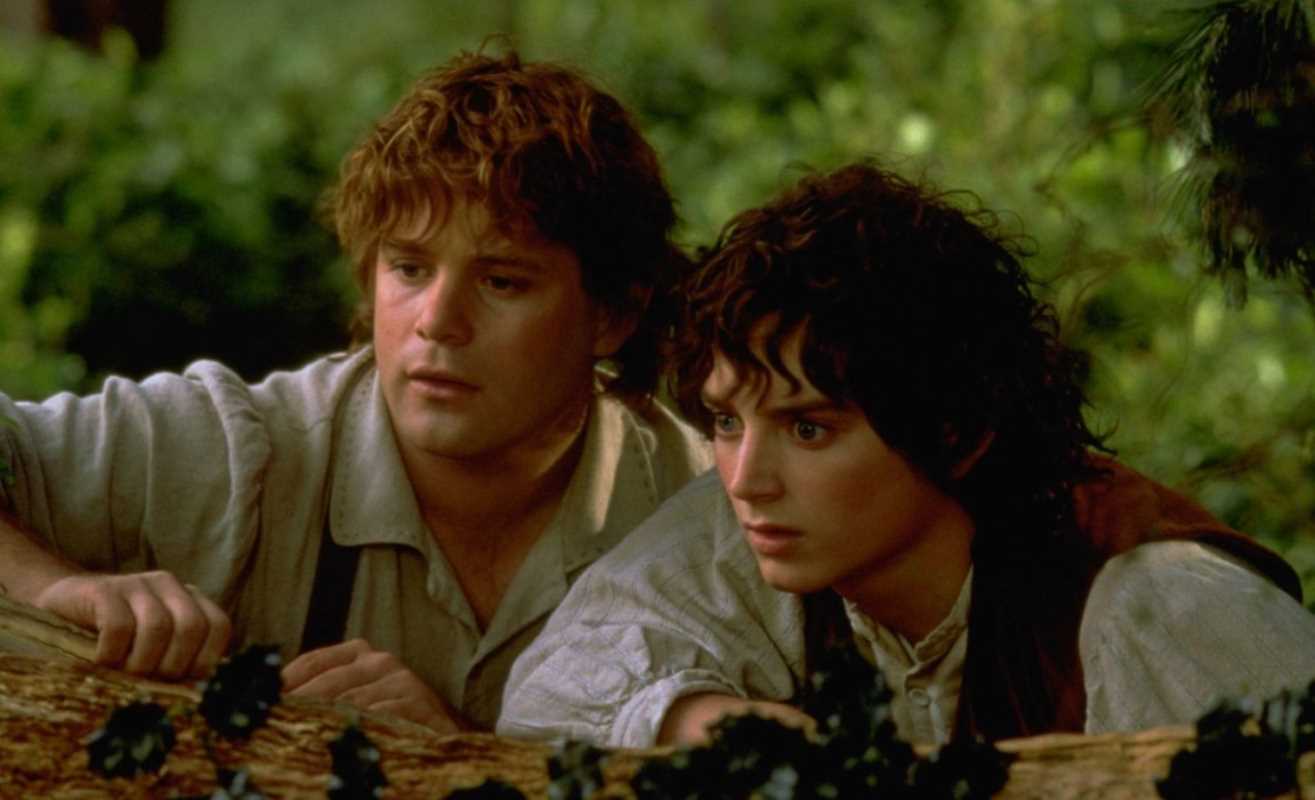 (Image source: WingNut Films; New Line Cinema)
(Image source: WingNut Films; New Line Cinema) 